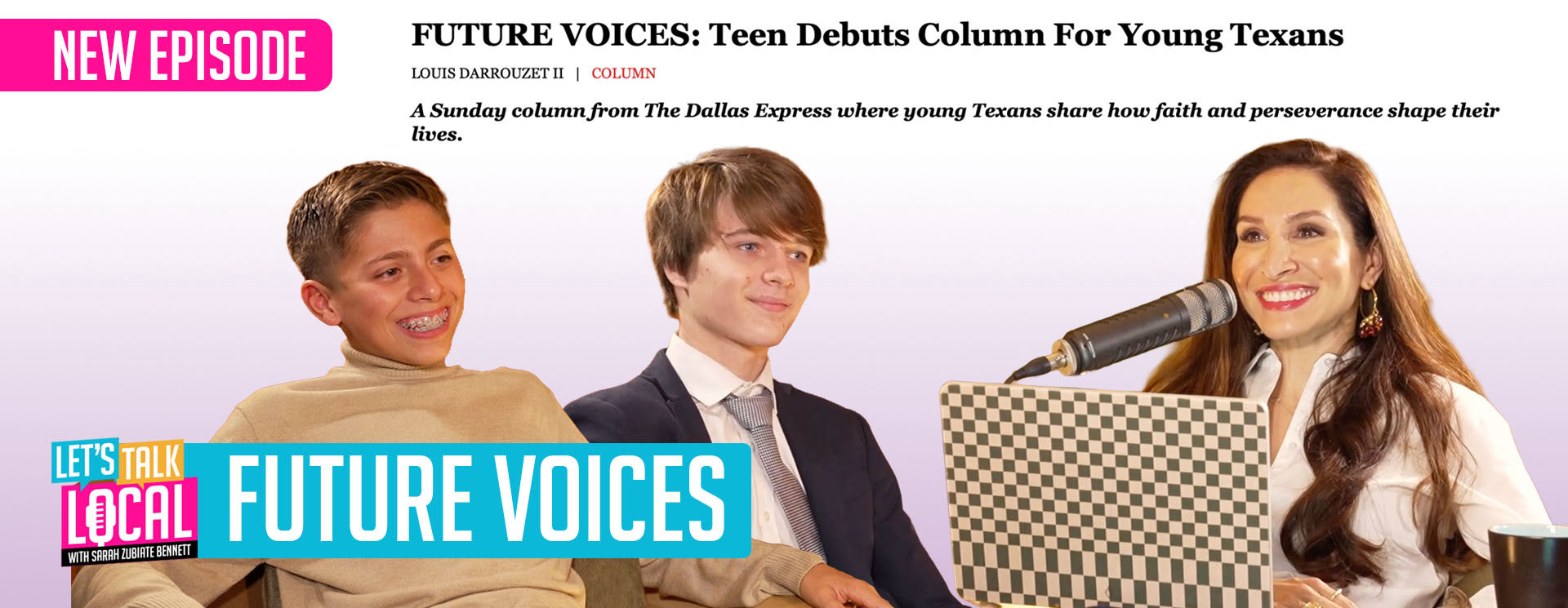Federal Reserve data show that U.S. consumer borrowing rose by nearly $28 billion in November, a slight slowdown from the over $29 billion increase the month prior.
The numbers speak to the ongoing trend of U.S. consumers leveraging higher levels of debt to deal with surging inflation.
November’s stat is particularly noteworthy because it was $3 billion higher than the consensus economist estimates compiled by Refinitiv.
On an annual basis, outstanding consumer credit was up 7.1% in November. This bucket primarily comprises credit cards, student loans, and car loans.
Revolving credit — consisting of mostly credit card debt — was up 16.9% during the same period, the largest increase in three months and the fifth-largest monthly jump since the Fed began tracking the metric more than half a century ago.
Ted Rossman, a senior industry analyst with Bankrate and creditcards.com, attributed much of the revolving debt increase to holiday shopping.
“Of course, inflation, no doubt, plays a role,” said Rossman, “but it seems to be accelerating once again after slowing a bit in the late summer, early fall.”
Outstanding credit grew at an alarming rate, faster than the 4.8% year-over-year growth seen over the same period. Americans were relying increasingly on debt to cover rising monthly expenses.
Outstanding credit growth was just one of many concerning metrics. Delinquencies are rising, and savings levels are deteriorating.
After surging during the pandemic, personal savings rates fell to 2.4% in November 2022, one of the lowest levels since 2005.
“It’s really revolving credit, mostly credit card debt, that’s carrying the day right now,” explained Rossman.
What are consumers charging to their cards?
“A lot of that would be on essentials, some of it on discretionary stuff as well,” said Rossman, “but with the average credit card rate approaching 20%, it’s a tough time to be growing your balance.”
Americans have faced higher prices for essentials like food and wrestled with surging monthly home and car loans. The Fed’s attempt to suppress inflation led the central bank to undertake aggressive interest rate tightening.
Ultimately, those hikes affected the lending rates offered by banks and others. The Federal Reserve reported that, on average, 60-month car loan rates were 6.44%, personal loans were 11.23%, and credit cards hit 19.07%.
Despite the sobering numbers, the Federal Reserve Bank of New York said Americans are generally optimistic about the economy and prospects for inflation.
In December, one of its surveys revealed that the median year-ahead inflation expectation fell by 0.2% to 5%. This was the lowest inflation expectation reading in 18 months.
Consumer spending growth expectations similarly fell in December, dropping to 5.9% from 6.9% the month prior. This represented the lowest level since the beginning of 2022.


